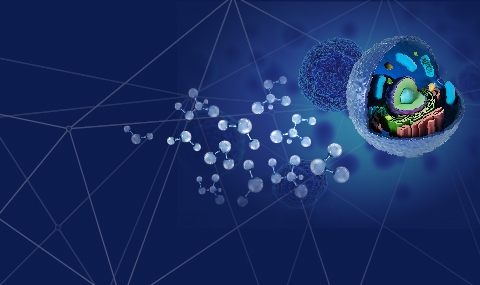Science quickly progressed in the direction of synthesis and characterization of nanoscale  objects. Nevertheless, controlling their temporal behavior and interaction with each other and with environment on the level comparable with living matter remains a major challenge. The control of the matter at the nanoscale, especially its temporal behaviors, requires regulation by information processing circuits (signaling system). In most machines, regulation is achieved by microelectronic and mechanical control systems, but we can’t scale down these control systems to dimensions of nano-objects. Hence, we need chemical regulation similar to those found in cell.
objects. Nevertheless, controlling their temporal behavior and interaction with each other and with environment on the level comparable with living matter remains a major challenge. The control of the matter at the nanoscale, especially its temporal behaviors, requires regulation by information processing circuits (signaling system). In most machines, regulation is achieved by microelectronic and mechanical control systems, but we can’t scale down these control systems to dimensions of nano-objects. Hence, we need chemical regulation similar to those found in cell.
The overall challenge of applying chemical regulation at the nanoscale can be divided into three sub-problems: (i) How do we localize reactions near surfaces? (ii) Which chemistry can we use to build regulatory chemical networks? (iii) What types of functions can we create?
To overcome these challenges, we would like to immobilize enzymes on the surfaces and control communication between them by synthetic, specifically designed, substrates.
From our work, we will learn how function emerges from networks of enzymatic reactions specifically, and from networks of switchable catalysts in general, which is the central problem in making a synthetic life.
Sergey N. Semenov, Albert S.Y. Wong, Martijn van der Made, Sjoerd Postma, Rik van Roekel, Tom F. A. De Greef, Wilhelm T. S. Huck “Rational design of functional and tunable oscillating enzymatic networks” // Nature Chemistry, (2015), 7, 160 – 165.


